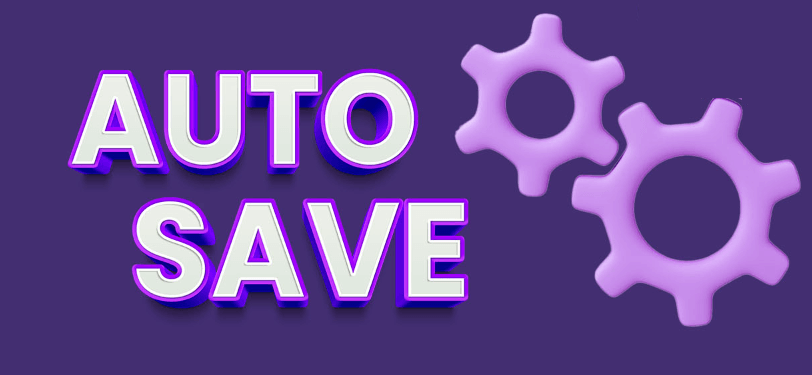Dive into strategies for disabling autosave in SharePoint to streamline document management. Learn how to adjust SharePoint autosave settings for a more tailored and efficient workflow.

Autosave in SharePoint is a feature designed to automatically save changes made to documents or list items at regular intervals, helping users avoid losing work due to unexpected interruptions or browser crashes.
Autosave periodically saves changes to a draft version of the document or list item. It operates in the background while users edit content in SharePoint, ensuring that modifications are continuously preserved without requiring manual saving.

Although the "AutoSave" feature in SharePoint can help users to focus on their work without the need to manually save changes constantly, reducing the data loss risk caused by accidental browser crashes or power failure, there are several scenarios where users might need to turn off Autosave in SharePoint, including
No matter what prompt you to turn off autosave in SharePoint, just follow these steps:
1. Navigate to your SharePoint site and go to the document library or list where autosave is enabled.
2. Click on "Library" or "List" in the ribbon at the top.
3. Select "Library Settings" or "List Settings" from the dropdown menu.
4. Under "General Settings", click on "Versioning settings" or "Advanced settings".
5. Find the autosave settings and disable the feature as per your preference. 6. Save the changes to apply the new settings.
If you don't want to completely disable Autosave feature in SharePoint, you can consider adjusting autosave frequency:
1. Follow steps 1-3 from the previous section to access document library or list settings.
2. Locate the autosave frequency settings under "Versioning settings" or "Advanced settings".
3. Modify the autosave interval to suit your workflow needs (e.g., every few minutes, hourly, etc.).
4. Save the changes to update the autosave frequency.
By disabling the feature or adjusting autosave intervals when necessary, users can prevent unintended changes and manage document updates more effectively. Version history enables users to track document revisions, restore previous versions, and collaborate confidently without the risk of losing critical information. These capabilities ensure that users have the flexibility and control needed to work efficiently and securely within SharePoint environments.
If you want to save your SharePoint data for a quick recovery, you can also implement backup method in addition to enabling the "Autosave" feature. In generally, you can backup SharePoint files to local hard drive by manually downloading. However, if the easy access from any device at any time is what you care about most, you had better backup SharePoint to another cloud storage like OneDrive, Google Drive, Dropbox, and so on. In this case, MultCloud can help you a lot.